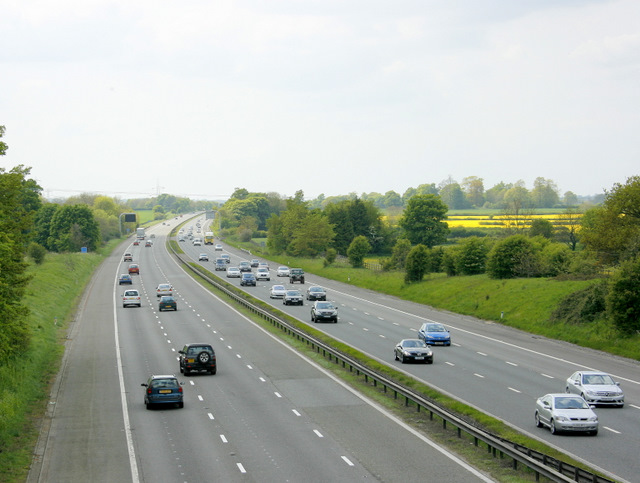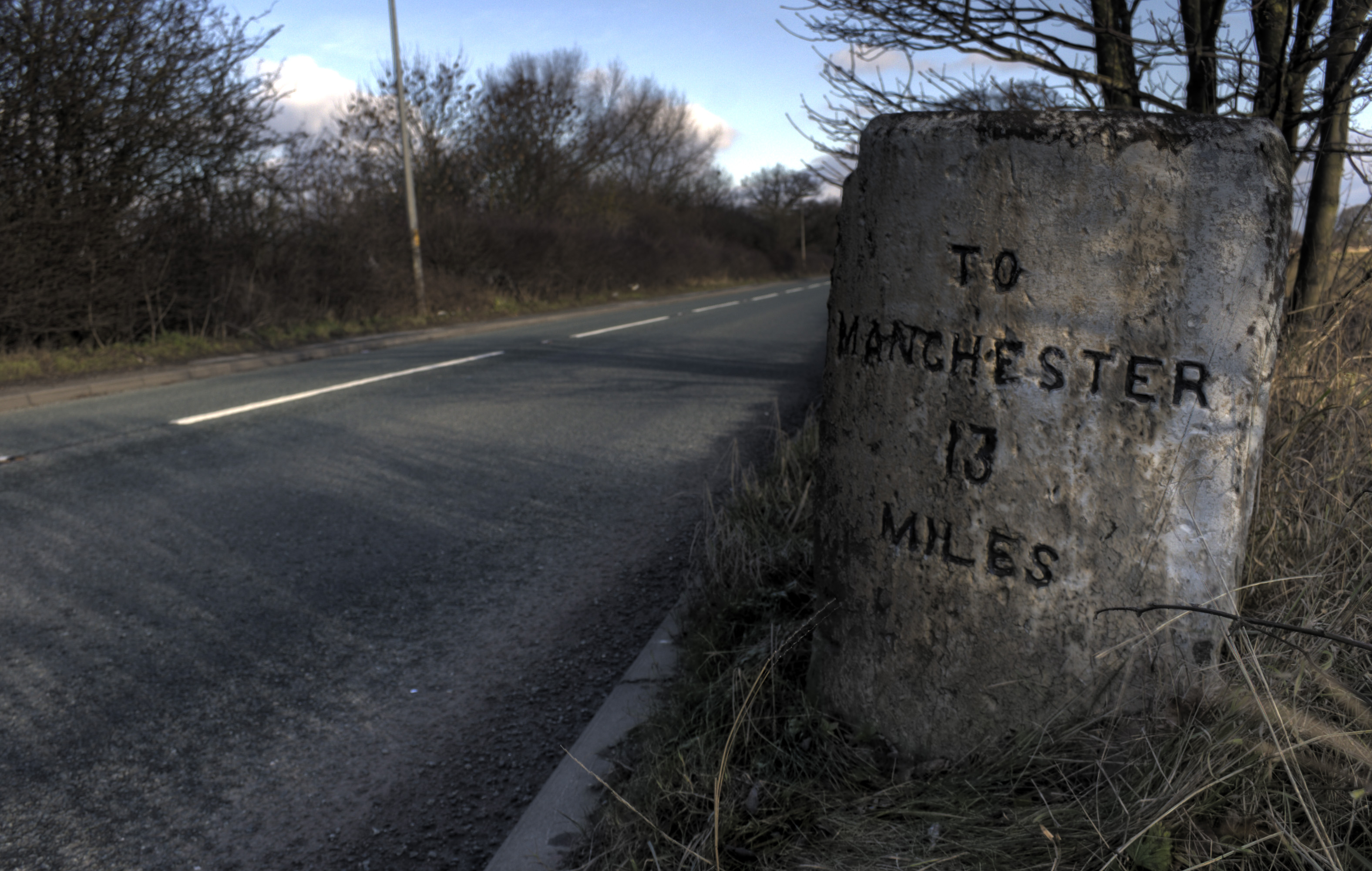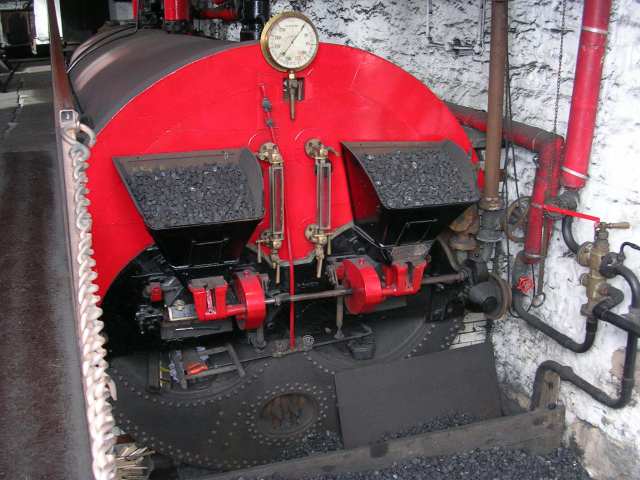|
Denton Island
Denton Island is a major road junction near Denton in Greater Manchester. It is a grade-separated roundabout which is both Junction 24 of the M60 motorwayBBC News https://www.bbc.co.uk/news/localnews/2647213-heaton%20chapel/5 and the western terminus (Junction 1) of the M67 motorway. The A57 road also runs west from the junction into Manchester city centre, and east as slip roads to/from the M67 arm into Denton and towards Hyde. Denton railway station is located underneath the M67 arm of the junction. References {{Motorways in the United Kingdom Road junctions in England Motorway junctions in England Denton, Greater Manchester ... [...More Info...] [...Related Items...] OR: [Wikipedia] [Google] [Baidu] |
M60 Motorway
The M60 motorway, Manchester Ring Motorway or Manchester Outer Ring Road is an orbital motorway in North West England. Built over a 40-year period, it passes through most of Greater Manchester's metropolitan boroughs except for Wigan and Bolton. Most of Manchester is encompassed within the motorway, except for the southernmost part of the city (Wythenshawe and Manchester Airport) which is served by the M56. The M60 is long and was renamed the M60 in 1998, with parts of the M62, M66 and all of the M63 being amalgamated into the new route, and the circle completed in 2000. The road forms part of the unsigned Euroroutes E20 and E22. In 2008, the M60 was proposed as a cordon for congestion charging in Greater Manchester, although this was rejected in a referendum relating to the Greater Manchester Transport Innovation Fund. History The M60 was developed by connecting and consolidating the existing motorway sections of the M63, M62, and an extended M66. It came into e ... [...More Info...] [...Related Items...] OR: [Wikipedia] [Google] [Baidu] |
Denton, Greater Manchester
Denton is a town in Tameside, Greater Manchester, England, five miles (8 km) east of Manchester city centre. Historically part of Lancashire, it had a population of 36,591 at the 2011 Census. History Toponymy Denton probably derives its name from Dane-town, an etymology supported by other place names in the area such as Danehead-bank and Daneditch-bourne. The word 'Dane' is itself derived from Anglo-Saxon ''denu'', ''dene'', ''daenland'', meaning a valley. So literally Denton means valley town. Prehistory A Byzantine coin was discovered in Danesheadbank, dating from the sixth or seventh century, as part of the Denton coin hoard. The early medieval linear earthwork Nico Ditch passes through Denton; it was probably used as an administrative boundary and dates from the 8th or 9th centuries. A 300 m stretch is still visible on Denton golf course, about 4 m wide and 1.5 m deep. Middle Ages In the early 13th century it lay within the Manor of Withington, a f ... [...More Info...] [...Related Items...] OR: [Wikipedia] [Google] [Baidu] |
Greater Manchester
Greater Manchester is a metropolitan county and combined authority, combined authority area in North West England, with a population of 2.8 million; comprising ten metropolitan boroughs: City of Manchester, Manchester, City of Salford, Salford, Metropolitan Borough of Bolton, Bolton, Metropolitan Borough of Bury, Bury, Metropolitan Borough of Oldham, Oldham, Metropolitan Borough of Rochdale, Rochdale, Metropolitan Borough of Stockport, Stockport, Tameside, Trafford and Metropolitan Borough of Wigan, Wigan. The county was created on 1 April 1974, as a result of the Local Government Act 1972, and designated a functional Manchester City Region, city region on 1 April 2011. Greater Manchester is formed of parts of the Historic counties of England, historic counties of Cheshire, Lancashire and the West Riding of Yorkshire. Greater Manchester spans , which roughly covers the territory of the Greater Manchester Built-up Area, the List of urban areas in the United Kingdom, second most ... [...More Info...] [...Related Items...] OR: [Wikipedia] [Google] [Baidu] |
Roundabout Interchange
A roundabout interchange is a type of interchange between a controlled access highway, such as a motorway or freeway, and a minor road. The slip roads to and from the motorway carriageways converge at a single roundabout, which is grade-separated from the motorway lanes with bridges. Design A roundabout interchange is similar to a rotary interchange, which uses a rotary rather than a roundabout. Roundabouts may also be used in conjunction with other interchange types such as a standard or folded diamond interchange, but such use should not be confused with a roundabout interchange. Roundabout interchanges are extremely common in the United Kingdom and Ireland with hundreds on the motorway network alone. However, recent cost cutting has meant that dumbbell interchanges are increasingly used instead. These are essentially diamond interchanges with roundabouts instead of signals or stop signs where the slip roads meet the minor road. They are cheaper than roundabout interchanges ... [...More Info...] [...Related Items...] OR: [Wikipedia] [Google] [Baidu] |
Highways England
National Highways, formerly the Highways Agency and later Highways England, is a government-owned company charged with operating, maintaining and improving motorways and major A roads in England. It also sets highways standards used by all four UK administrations, through the Design Manual for Roads and Bridges. Within England, it operates information services through the provision of on-road signage and its Traffic England website, provides traffic officers to deal with incidents on its network, and manages the delivery of improvement schemes to the network. Founded as an executive agency, it was converted into a government-owned company, Highways England, on 1 April 2015. As part of this transition, the UK government set out its vision for the future of the English strategic road network in its Road Investment Strategy. A second Road Investment Strategy was published in March 2020, with the company set to invest £27 billion between 2020 and 2025 to improve the network as d ... [...More Info...] [...Related Items...] OR: [Wikipedia] [Google] [Baidu] |
M67 Motorway
The M67 is a urban motorway in Greater Manchester, England, which heads east from the M60 motorway passing through Denton and Hyde before ending near Mottram. The road was originally conceived as the first section of a trans- Pennine motorway between Manchester and Sheffield that would connect the A57(M) motorway with the M1 motorway; however, the motorway became the only part to be built. Numerous calls have been made to complete the motorway link between Manchester and Sheffield, the second and ninth most populous urban areas within the United Kingdom. Traffic between the cities is mainly divided between the Snake and Woodhead passes, which traverse the Peak District. Plans for a £180m improvement to the route by bypassing Mottram and Tintwistle, the A57/A628 Mottram in Longdendale, Hollingworth and Tintwistle Bypass, and the 'Glossop spur' linking to the A57 road are currently at the public inquiry stage but were 'suspended indefinitely' in January 2008. There are now pr ... [...More Info...] [...Related Items...] OR: [Wikipedia] [Google] [Baidu] |
A57 Road
The A57 is a major road in England. It runs east from Liverpool to Lincoln, England, Lincoln via Warrington, Cadishead, Irlam, Patricroft, Eccles, Greater Manchester, Eccles, Salford, Greater Manchester, Salford and Manchester, then through the Pennines over the Snake Pass (between the high moorlands of Bleaklow and Kinder Scout), around the Ladybower Reservoir, through Sheffield and past Worksop. Between Liverpool and Glossop, the road has largely been superseded by the M62 motorway, M62, M602 motorway, M602 and M67 motorways. Within Manchester a short stretch becomes the Mancunian Way, designated A57(M). Route Liverpool–Warrington The A57 begins at The Strand (A5036) near the River Mersey, as part of Water Street. It forms an east–west route through the north of the city centre with another one-way road system as Tithebarn Street (passing part of Liverpool John Moores University), Great Crosshall Street and Churchill Way in the east direction and Churchill Way and Dale ... [...More Info...] [...Related Items...] OR: [Wikipedia] [Google] [Baidu] |
Hyde, Greater Manchester
Hyde is a town in Tameside, Greater Manchester, England, which had a population of 34,003 in 2011. Historically in Cheshire, it is northeast of Stockport, west of Glossop and east of Manchester. History Early history Newton Hall was present in the thirteenth century. The area formed a township of the parish of St Mary, Stockport. Its name is derived from the '' Hide'', a measure of land for taxation purposes, taken to be that area of land necessary to support a peasant family. In later times it was taken to be equivalent to . In the late 18th century the area that was to become the town centre was no more than a cluster of houses known as Red Pump Street. Gee Cross was much larger and 'Hyde' was still only used to refer to the estates of Hyde Hall on the banks of the River Tame. Altogether there were only 3,500 inhabitants in the district in 1801. The town is largely a creation of the 19th century and the Industrial Revolution. Industrial Revolution The population of Hyd ... [...More Info...] [...Related Items...] OR: [Wikipedia] [Google] [Baidu] |
Denton Railway Station
Denton railway station serves the town of Denton in Tameside, Greater Manchester, England, on the Stockport–Stalybridge line. It is served by two trains a week, one in each direction on Saturday mornings. The orientation of the line, running south-west to north-east, is a clue to its origin; it stands on the former mainline of the London & North Western Railway between Crewe and Leeds via Stockport. The London & North Western Railway had already completed its line to Manchester via Stockport and now looked to expand to reach the woollen districts of the West Riding of Yorkshire, building quadruple tracks all the way to Huddersfield and Leeds via the Standedge tunnel. History The line between Guide Bridge and Heaton Norris Junction (north of ) was surveyed by the Manchester and Birmingham Railway in 1845 (shortly before it became part of the London and North Western Railway), and opened in 1849. A new station was opened by the LNWR in 1888 and the route was quadrupled in 1 ... [...More Info...] [...Related Items...] OR: [Wikipedia] [Google] [Baidu] |
Road Junctions In England
A road is a linear way for the conveyance of traffic that mostly has an improved surface for use by vehicles (motorized and non-motorized) and pedestrians. Unlike streets, the main function of roads is transportation. There are many types of roads, including parkways, avenues, controlled-access highways (freeways, motorways, and expressways), tollways, interstates, highways, thoroughfares, and local roads. The primary features of roads include lanes, sidewalks (pavement), roadways (carriageways), medians, shoulders, verges, bike paths (cycle paths), and shared-use paths. Definitions Historically many roads were simply recognizable routes without any formal construction or some maintenance. The Organization for Economic Co-operation and Development (OECD) defines a road as "a line of communication (travelled way) using a stabilized base other than rails or air strips open to public traffic, primarily for the use of road motor vehicles running on their own wheels", which i ... [...More Info...] [...Related Items...] OR: [Wikipedia] [Google] [Baidu] |
Motorway Junctions In England
A controlled-access highway is a type of highway that has been designed for high-speed vehicular traffic, with all traffic flow—ingress and egress—regulated. Common English terms are freeway, motorway and expressway. Other similar terms include ''throughway'' and '' parkway''. Some of these may be limited-access highways, although this term can also refer to a class of highways with somewhat less isolation from other traffic. In countries following the Vienna convention, the motorway qualification implies that walking and parking are forbidden. A fully controlled-access highway provides an unhindered flow of traffic, with no traffic signals, intersections or property access. They are free of any at-grade crossings with other roads, railways, or pedestrian paths, which are instead carried by overpasses and underpasses. Entrances and exits to the highway are provided at interchanges by slip roads (ramps), which allow for speed changes between the highway and arterials ... [...More Info...] [...Related Items...] OR: [Wikipedia] [Google] [Baidu] |






